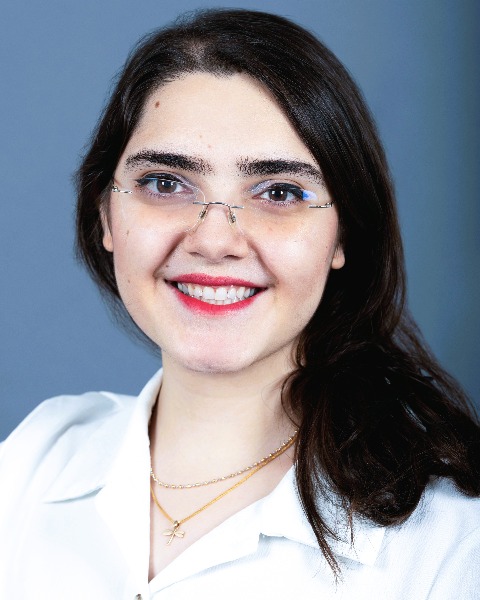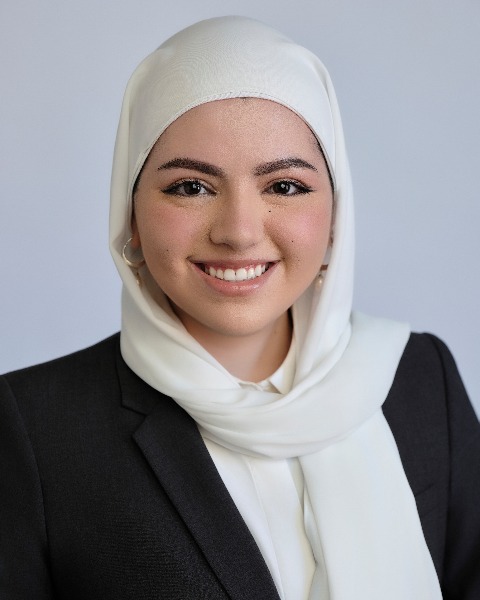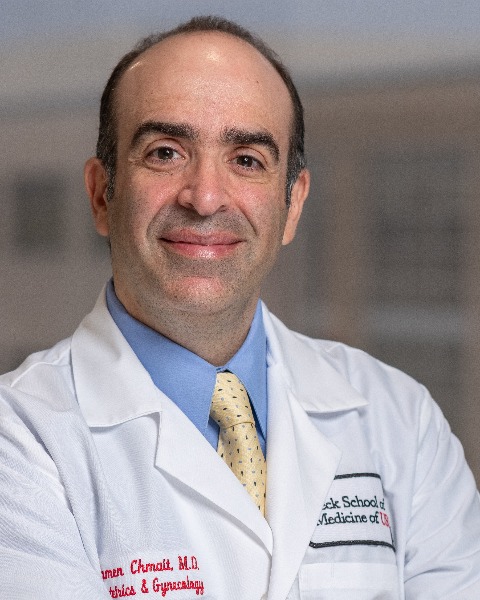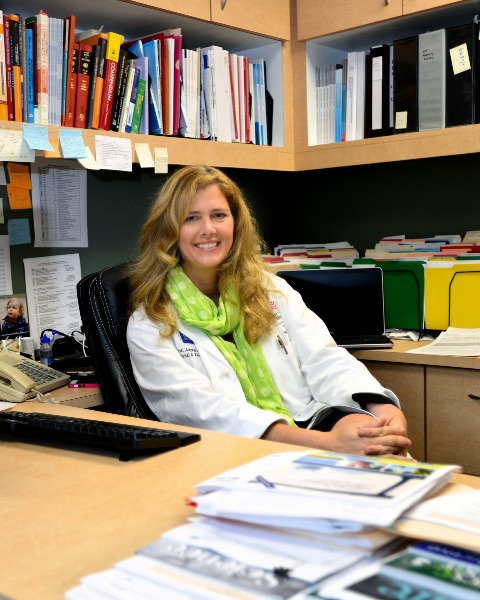Poster Session 3
(873) Evaluating surgical approaches for prenatal repair of open spina bifida: A Systematic Review and Meta-Analysis

Nikan Zargarzadeh, MD
Research Fellow
Boston Children's Hospital, Harvard Medical School
Boston, Massachusetts, United States
Enaja Sambatur, MD (she/her/hers)
Clinical Research Specialist
Fetal Care and Surgery Center, Division of Fetal Medicine and Surgery, Boston Children’s Hospital and Harvard School of Medicine
Boston, Massachusetts, United States
May Abiad, MD (she/her/hers)
Postdoctoral Research Fellow
Maternal Fetal Care Center, Boston Children's Hospital
Boston, Massachusetts, United States- ER
Ehsan Rojhani, MD
Postdoctoral Research Fellow
Maternal Fetal Care Center (MFCC), Division of Fetal Medicine and Surgery, Boston Children's Hospital, Harvard Medical School
Boston, Massachusetts, United States 
Ali Javinani, MD (he/him/his)
Postdoctoral Research Fellow
Boston Children's Hospital, Harvard Medical School
Boston, Massachusetts, United States- WN
Weston Northam, MD
Boston Children's Hospital, Harvard Medical School
Boston, Massachusetts, United States 
Eyal Krispin, MD (he/him/his)
Fetal Surgeon
Harvard Medical School
Boston, Massachusetts, United States
Ramen H. Chmait, MD (he/him/his)
Director, Los Angeles Fetal Surgery; Professor, Department of Obstetrics and Gynecology
Keck School of Medicine, University of Southern California
Los Angeles, California, United States
Kjersti M. Aagaard, MD, PhD
Medical Director, HCA Healthcare and HCA Research Institute
Boston Children’s Hospital, Division of Fetal Medicine and Surgery, Boston, MA; HCA Healthcare and HCA Healthcare Research Institute, Nashville, TN; HCA Texas Maternal Fetal Medicine, Houston, TX; Baylor College of Medicine and Texas Children's Hospital, Houston, TX
Tomball, Texas, United States.jpg)
Alireza A. Shamshirsaz, MD (he/him/his)
Department Director, Professor of Surgery
Fetal Surgeon Chief, Division of Fetal Medicine and Surgery Director of the Maternal Fetal Care Center Director of the Perinatal Surgery Fellowship Professor of Surgery, Boston Children’s Hospital Harvard Medical School
Boston, Massachusetts, United States
Submitting Author and Presenting Author(s)
Coauthor(s)
Over the past decade, prenatal repair of open spina bifida has become well-established. Since the MOMS trial, a widely varying number of surgical approaches have emerged, each focused on optimizing outcomes while minimizing risks. This study aims to compare the outcomes of these different surgical techniques.
Study Design:
This systematic review and meta-analysis synthesizes data from 38 studies between 2010 and 2024. Eligible studies included pregnant patients diagnosed with open spina bifida who underwent the following intrauterine repair techniques: open, mini-hysterotomy, laparotomy-assisted fetoscopic, and percutaneous fetoscopic repair. The primary outcome investigated was gestational age (GA) at delivery, while secondary outcomes were preterm premature rupture of membranes (PPROM), preterm delivery, vaginal birth, and perinatal mortality.
Results:
In this study, 2,333 prenatal repair of open spina bifida procedures were analyzed across 14 countries. Of these, open repair accounted for 65.66%, mini-hysterotomy 14.40%, laparotomy-assisted fetoscopic 5.36%, and percutaneous fetoscopic 14.57%. Subgroup analyses revealed a mean GA at birth of 34.20 weeks for open repair, 34.30 weeks for mini-hysterotomy, 35.38 weeks for laparotomy-assisted, and 32.48 weeks for percutaneous fetoscopic method, with no significant difference noted between subgroups. Overall rates of preterm delivery before 37 weeks and PPROM were 0.75 and 0.30, respectively. Both showed significant differences between subgroups (P < 0.01). Vaginal birth rates had significant subgroup differences (P < 0.01), with the laparotomy-assisted fetoscopic group more likely to have vaginal deliveries (0.02, 0.04, 0.49, 0.18 for open, mini, laparotomy, and percutaneous, respectively)
Conclusion:
Collectively, the data from this meta-analysis suggests that gestational age does not significantly differ by the surgical technique employed for prenatal repair of open spina bifida.

